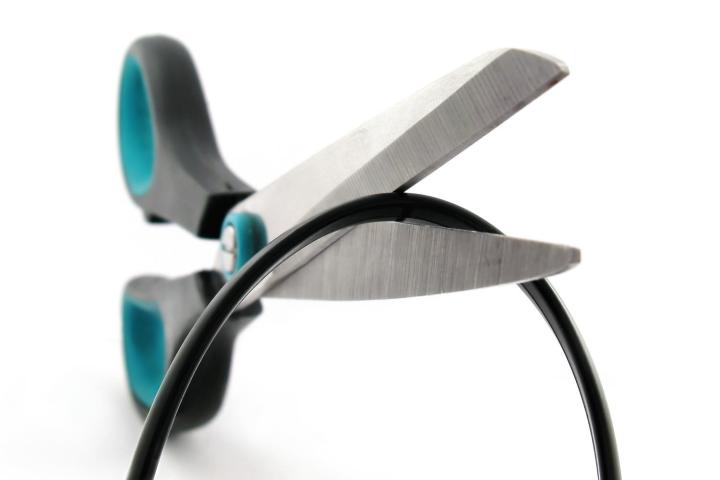
This week, Dish Network revealed that its upcoming over-the-top (OTT) live-TV service – which has remained enigmatic up to this point – is being developed for an audience that most pay-TV operators are loathe to placate: “Cord cutters, cord nevers and what we call cord haters,” said Dish’s GM of Interactive and Advanced TV, Adam Lowy, speaking at the TV of Tomorrow Show in San Francisco Wednesday.
According to a report by Gigaom, Dish is currently in talks with each of the networks it delivers via its traditional satellite service about potentially licensing their content for the new OTT service. And it now appears the new service will be much more than a simple add-on option for the company’s 14 million or so satellite subscribers.
Back in March, Dish came out on top after a grueling six-month retransmission deal negotiation with The Walt Disney Company. Dish made exceptions within its AutoHop feature so that users can’t “hop” over ads during ABC, ESPN, and other Disney-owned network shows until three days after the respective content’s initial air date. In exchange, Dish won rights to throw ESPN and ABC content into its OTT service – we cannot stress enough how big of a deal this is for Dish.
Without ESPN, the provider would have an exceptionally steep hill to climb in terms of getting its new Internet TV service off the ground. Throw in the fact that the deal also netted a mother lode of Disney content for children, and Dish may have a legitimate shot at making its vision work. It’s a lesson that more and more content and service providers are taking to heart: kids and sports bring in subscribers.
Despite the lack of any information of substance from Dish, plenty of rumors of the single-stream service’s cost and individual offerings abound. According to coverage by Multichannel News, the current expectation among industry experts and analysts is 20 to 30 channels for roughly $30 per month – not exactly the most competitive or versatile package.
Bernstein Research analyst Todd Juenger was tasked with hypothesizing which channels Dish is likely to include in its OTT service, as well as how much each network would contribute to the overall subscription cost:
Hypothetical Dish PSS Package
|
Network |
Viewing Share (%) |
Monthly Fee Per Sub |
|
Broadcast & CW |
30.00 |
$8.25 |
|
ESPN/ESPN2 |
2.54 |
$7.49 |
|
Disney |
3.16 |
$1.38 |
|
USA |
2.60 |
$0.92 |
|
Nickelodeon |
3.11 |
$0.74 |
|
FX |
1.32 |
$0.64 |
|
MTV |
0.91 |
$0.53 |
|
AMC |
1.24 |
$0.40 |
|
ABC Family |
1.03 |
$0.32 |
|
Syfy |
1.95 |
$0.32 |
|
Adult Swim |
2.72 |
$0.25 |
|
FXX |
0.13 |
$0.23 |
|
Comedy Central |
0.95 |
$0.22 |
|
G4 |
0.12 |
$0.11 |
|
Total |
51.78 |
$21.80 |
(courtesy of Multichannel News)
The firm was left puzzled and with serious doubts as to “how compelling this service would be to subscribers,” according to Multichannel.
Dish is developing a new infrastructure for the OTT service that will rely heavily on the company’s existing structure, at least initially. Eventually, however, the service will be transferred to an all-IP infrastructure, according to Lowy.
There’s still much to be determined in regards to when and how Dish will roll out the service, and the company certainly has its work cut out for it. But if Dish can get its service off the ground, it will be a pioneer in the industry, breaking new ground in the pay-TV landscape.


